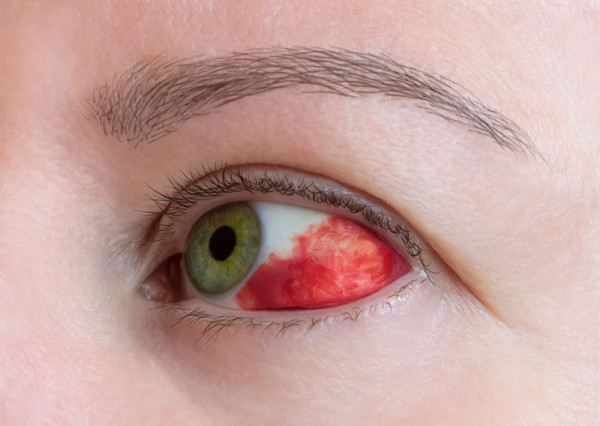Subconjunctival haemorrhage Ikura ki te whatu
A subconjunctival haemorrhage happens when tiny blood vessels on the white of your eye burst. The vessels sit between the clear surface (the conjunctiva) and the white of your eye (the sclera) burst. A subconjunctival haemorrhage does not hurt or affect your vision.
Causes of a subconjunctival haemorrhage
Several things can cause a subconjunctival haemorrhage, including:
- coughing, sneezing or anything else that causes a brief rise in blood pressure
- rubbing your eyes
- an eye injury
- diabetes
- high blood pressure
- blood-thinning medications
- blood clotting or other blood disorders.
Symptoms of a subconjunctival haemorrhage
There are usually no symptoms of a subconjunctival haemorrhage. You may not notice you have one until someone tells you. Your eye might feel mildly irritated or scratchy.

When to see your healthcare provider
See your healthcare provider if you have a subconjunctival haemorrhage and you:
- have not had your blood pressure checked recently
- think an eye injury or a foreign object caused it
- have bleeding in other parts of your body
- have repeated subconjunctival haemorrhages.
Treating a subconjunctival haemorrhage
A subconjunctival haemorrhage does not need treatment. It will usually clear up by itself in about 2 weeks.
Preventing a subconjunctival haemorrhage
To help prevent a subconjunctival haemorrhage:
- wear protective eyewear during sports and activities where debris might enter your eye
- put in and take out contact lenses correctly, and keep them clean
- avoid rubbing your eyes.